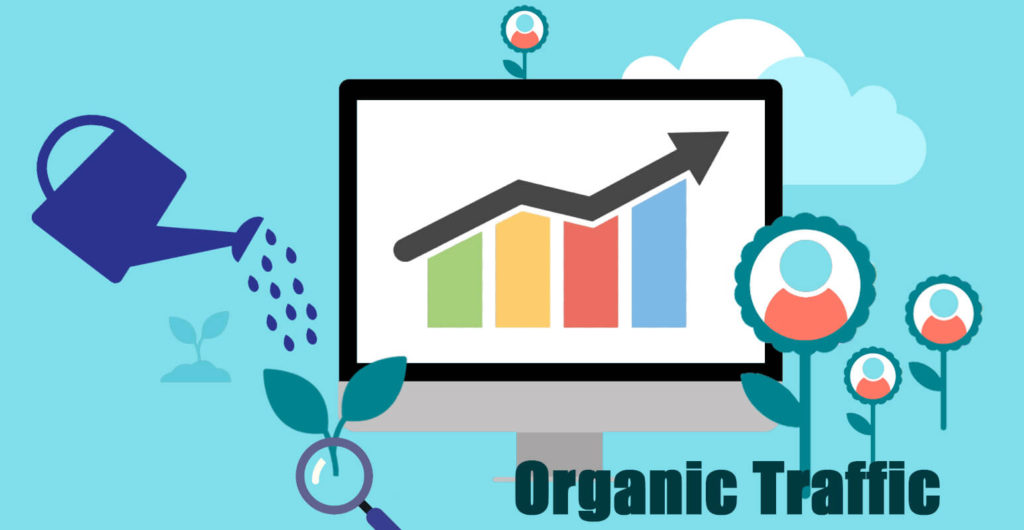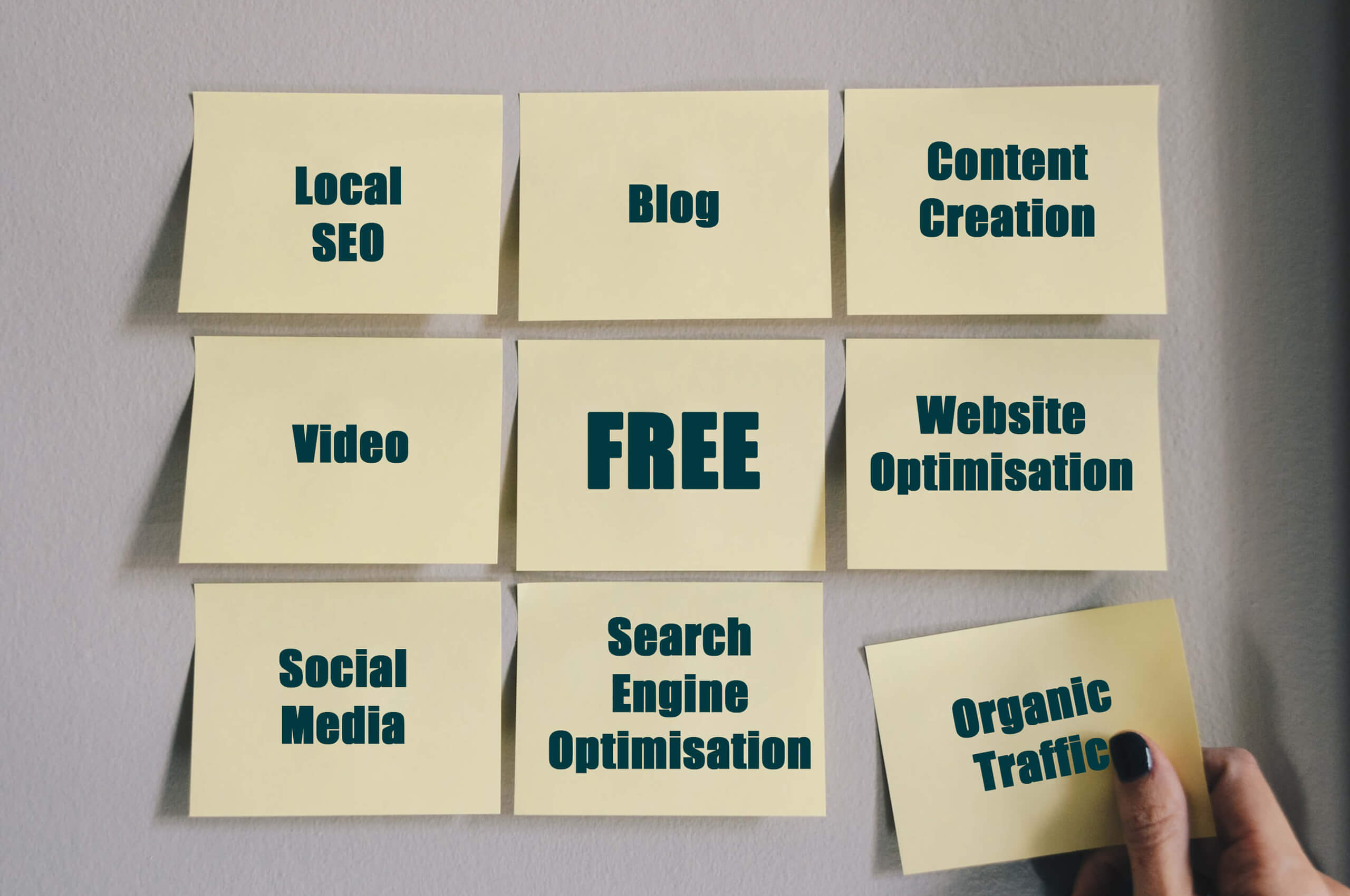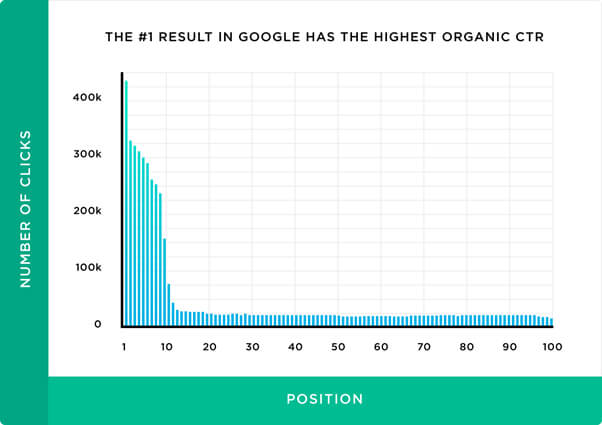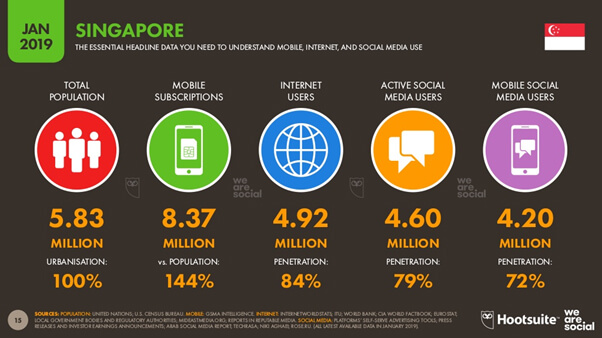Reading Time: 4mins
Your business should digitalise. Your business should use Digital Marketing. Your business should run ads to get more customers.
Response: I don’t have the money to run ads !
Does all these sound familiar ?
Digital Marketing is not just about running paid ads
In fact, a business does not have to buy ads to go digital.
Digital Marketing simply means using internet and online-based technologies to promote a business’s offerings (products/services) through online channels. Being online and being available to where your customers are.
Digital Marketing is increasingly important because of Covid-19 pandemic.
According to Enterprise Singapore (ESG), over 3,500 businesses started to digitalise in the 1st quarter of 2020. Enterprise Singapore (ESG) predicts a 20% increase every year.
Digital Marketing strategy requires proper planning. Rushing to digitalised will likely put businesses further away from achieving their 1goals, spending time and money but seeing no returns.
“Proper Planning and Preparation Prevents Poor Performance” -Stephen Keague
So how can a business generate leads without using paid ads ?
This post discusses how should a business utilise Digital Marketing without spending a single cent.
Go Organic !


Organic traffic is visitors who arrive at your website from a search term from any Search Engine. Paid traffic is visitors who arrive at your website by clicking a link on a paid advertisement you run. Referral traffic is visitors who arrive at your website from sources outside of Search Engines.
Organic traffic is a powerful source when it comes to lead generation. In fact, it is even better than paid traffic ! Organic traffic has increased by 2% from the previous year.
From the chart, organic search accounts for 53% of all site traffic, paid search accounts for 15%. Social media referral fell flat at under 5% but it is essential for omnichannel marketing and awareness.
Make SEO a Priority
A business who is looking to increase exposure should look to make Search Engine Optimisation (SEO) a priority.
Search Engine Optimisation is a process of increasing a website’s traffic and visibility by making use of targeted keyword(s) that a user may use for a search query in a search engine. Search Engine Optimisation is a term to improve unpaid search results, purely organic, to boost a business’s search engine ranking.
Search Engine Optimisation makes your brand more search-friendly and accessible to online users.
However, Search Engine Optimisation takes time to work its magic, typically 12-18 months before a business will see their content rise in ranks. But this investment would be worth as the CTR of Rank 1 gets about 31.7% of all clicks.
Make Use of Local Listing Services (Local SEO)
Local SEO is the process of optimising your digital presence to gain leads from local searches. When a person searches “business near me” on a search engine, a map will be shown on the Search Engine Results Page for registered business that is relevant to the search term.
By registering your business, Search Engine allows your business location to be found on Maps leading them towards your establishment/website.


As seen in the map, the relevant registered businesses (Search term: “Coffeeshops near me”) has different coloured pins that stand out to attract people’s attention. Although this does not guarantee a steady flow of traffic. Local SEO is free, and it is a one-time setup (unless you change physical location or contact information). You set it up and let local customers find you without doing much work.
Optimise Your Website
Landing Page Effectiveness


When a visitor clicks on your link from organic search, referral or paid traffic, the landing page is the first place they end up at on your website.
“First Impressions Count. You don’t get a second chance to make a first impression. It takes only 7 seconds for a person to form an impression.”
There are 3 essential elements to have on your landing page.
Compelling Header
A compelling header is essential to grab the attention of website visitors. A great landing page captures the attention of a visitor by understanding their intention when they click on a business’s link.
Call-to-Actions
Call-to-Actions entice visitors to take actions that a business considers as a conversion (such as sign up for newsletter, download ebook, etc.)
Keep call-to-actions bold, simple, clear and place them above the fold.
Forms
A form will prompt for visitors to fill in contact details after the click on the call-to-action. Only ask for information that is useful for your sales team to generate high-quality leads. The lesser a visitor needs to fill in/form fields, the higher the conversion rate
No visitor will convert into a lead if your website does not have call-to-action or forms for visitors to leave their contact information.
These 3 elements can potentially increase conversions by 200%.
Content Creation
Content Marketing is a marketing strategy that focuses on creating relevant, high-quality content to your target audience consistently. Content Marketing aims to attract and keep target audiences engaged and convert into a customer.
Producing High-Quality content


Producing high-quality relevant contents regularly, that addresses your target audience’s concerns and queries during their purchase journey, keep them engage with a business and their offerings. This is a first stepping stone to increasing your organic traffic. Make sure your content is unique to stand out from content noise in your specific making channel.
Blog


Blogging is by far, the most popular content marketing initiative for smaller businesses. Blogging is the best way to improve Domain Authority (DA) and Search Engine Optimisation (SEO). High ranks in a Search Engine Results Page (SERP) will aid in driving organic traffic.
According to OptinMonster,
- Websites with blogs have 434% more indexed pages than those who do not, more likely to rank higher in Search Engine Results Page
- Companies with blogs 97% more inbound links to their websites.
It is a great way to build relationships with existing customers and potential leads. The more relevant and valuable content you create, the more likely a potential lead will consider your brand when they are ready to purchase.
Focus on evergreen topics as SEO can take some time to work its magic.
Strategy for blogging:
- Research mid-volume keywords with lower difficulty
- Think about topics, questions that potential leads may have and provide solution
- Type away !
Infographics
Infographics are visual graphics used to represent information, data, statistics for easy and quick digestion. By creating infographics, a business can educate their potential lead, adding value to their business when they are ready to purchase.
Instead of taking 2 minutes to read a paragraph of 400 characters, we can process this infographic in less than 30 seconds.
- A human brain processes an image 60,000 times faster than text
- Higher retention rate: 80% of people remember what they see, while only 10% remember what they hear and 20% remember what they read
By using eye-catching visuals that are relevant to the topic, your potential leads will be able to digest information quickly.
Strategy for infographics:
- Use infographics to explain a complicated subject
- Present useful statistics that benefit your target audience
- Provide value of business offerings
Videos


Videos are one of the best content marketing strategy for small business due to its returns.
According to Bright Edge, videos increase Click-Through-Rate and increase organic traffic in Search Engine Result Page by 157%.
Another shocking stats by Effy suggested that videos generate 1200% more engagement than images and text content combined.
Nowadays, potential consumers prefer to search for more information before purchasing a product. This information includes product reviews videos and instructional videos, which significantly affect the buying decision. Neil Patel states that a landing page with video content has a conversion rate of 56%.
Strategies for video:
- Target content/topics that best appeals to your target audience
- Identify your audience purchase journey
- Use short and attention-grabbing informational videos to engage consumers in the awareness stage.
- Use how-to and product demonstration videos to influence purchasing decisions for consumers in the decision stage
Consistency is key to every great content marketing strategy. Without consistency, any content creation is a waste of effort.
Leverage Social Media


The primary use of Social Media is to gain awareness and exposure for business. It is essential for business, especially those who are looking to grow organically, to make this time investment. Businesses can create valuable unique content or tie in promotional with created content and to driving customer back to their direct channel (website).
Social Media Optimisation (SMO) can drive traffic to a business website by using different social media outlets (Facebook, Instagram, YouTube, Twitter, Pinterest, LinkedIn, Tiktok, etc.)
According to WeAreSocial,
- More than 4.6 million active social media users in Singapore with a 1.6% increase from last quarter
- 4.54 billion active social media users globally
Prompt people to share your content to allow your content to reach a broader audience. Leverage your current audience’s network to gain more following rather than relying on users to find the content on their own.
Creating tailored messages on social media platforms have a greater impact on specific groups of individuals.
All in all, a business can have successful Digital Marketing strategies without paying for any advertisements. The key is to prioritise Search Engine Optimisation (SEO), optimising your website and create high-quality, relevant content consistently. Whichever tactic a business chose to use, it must align to their overall strategy. Gathering feedbacks and analysing data will aid in propelling a business’s brand forward without using paid advertisements.
However, a business may not see an immediate return when adopting an organic marketing strategy. The real investment is time, not money. Organic returns and traffic take time to build. Organic strategies take time to work. If you have the money, paid advertisements will allow you to accelerate your marketing goals by exposing your content to more audiences.
Enjoy what you read ? Let me know what are your thoughts on Organic Traffic in the comments down below ! Drop me a message or hit me up in LinkedIn.



